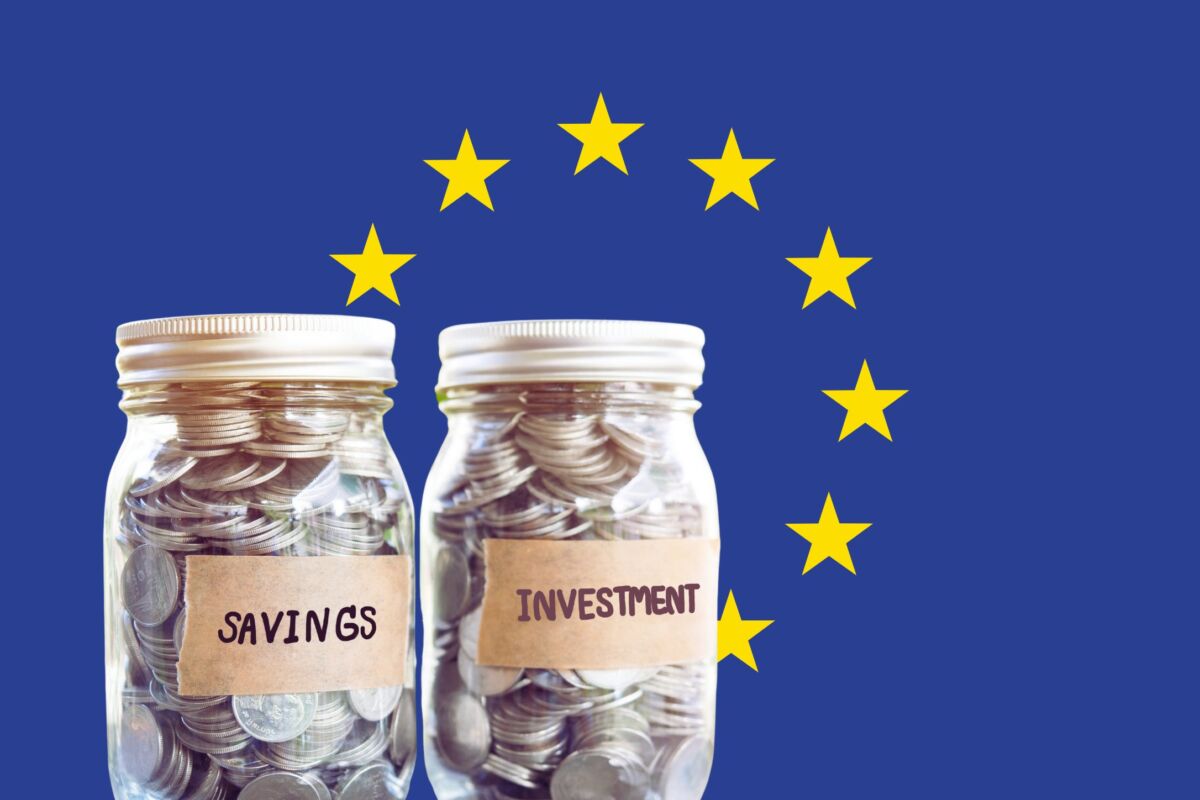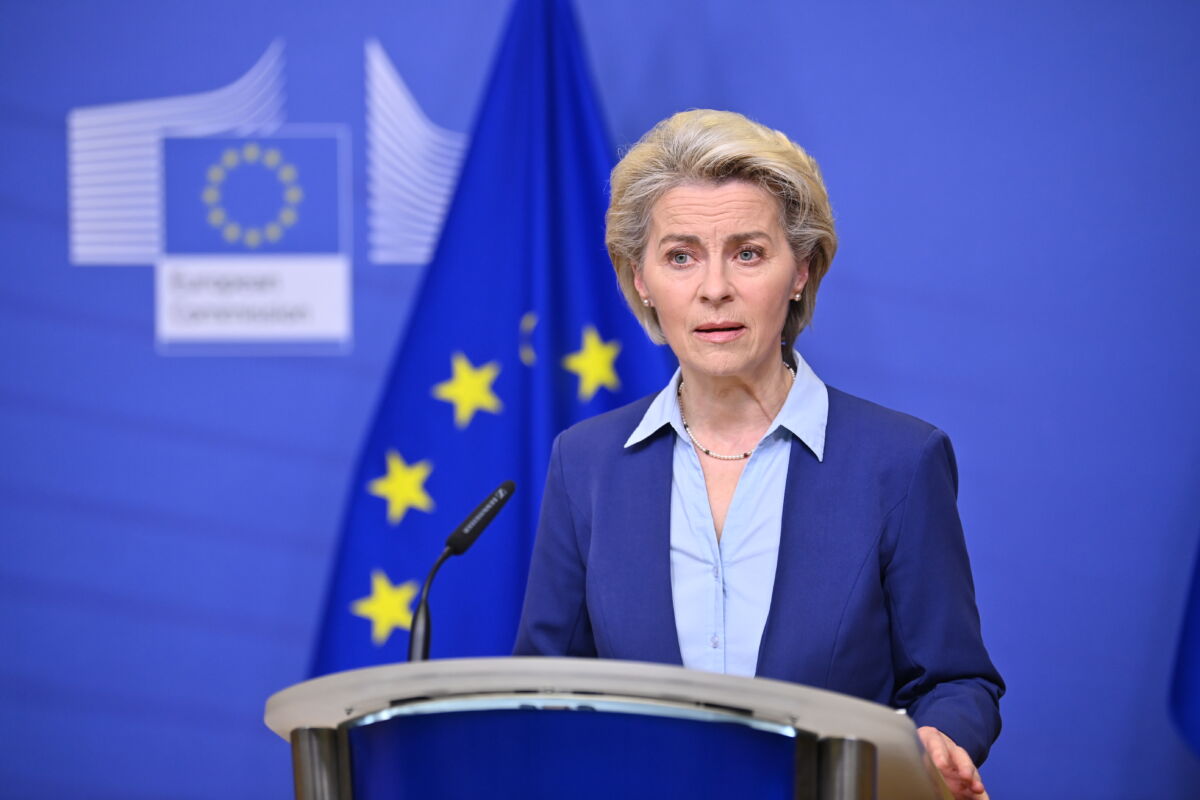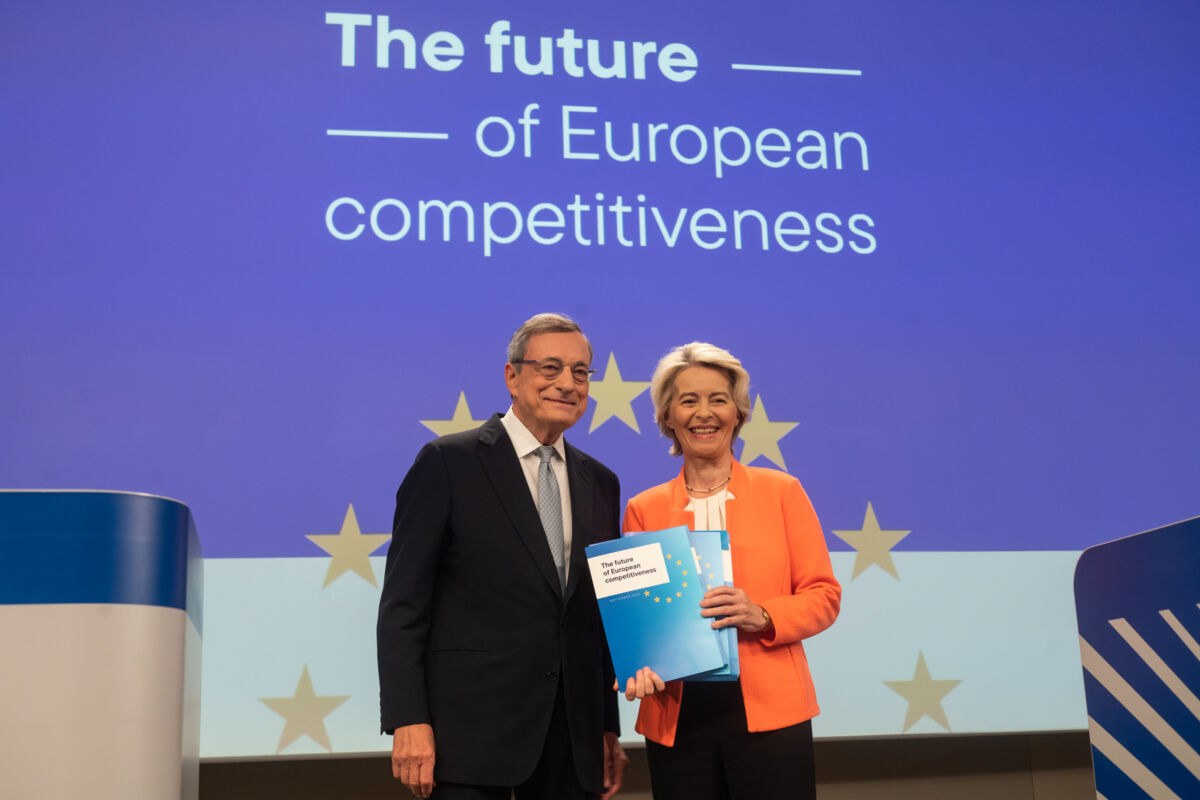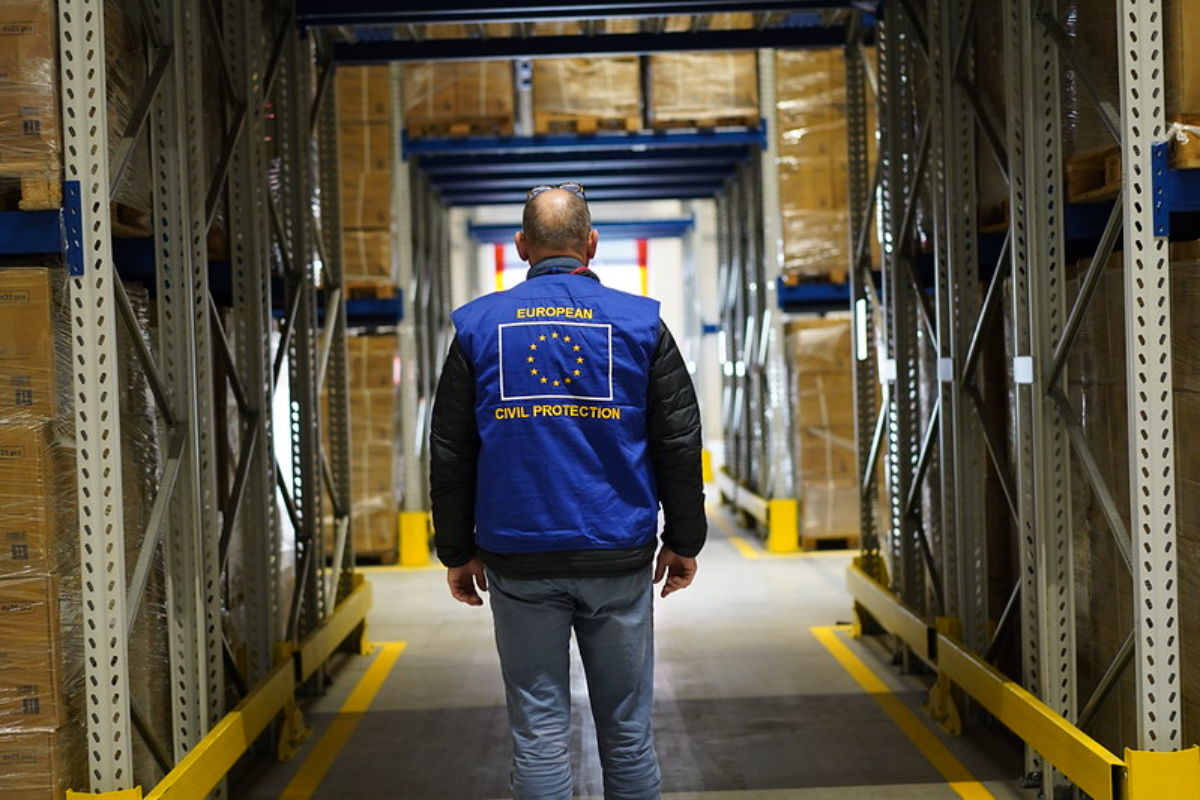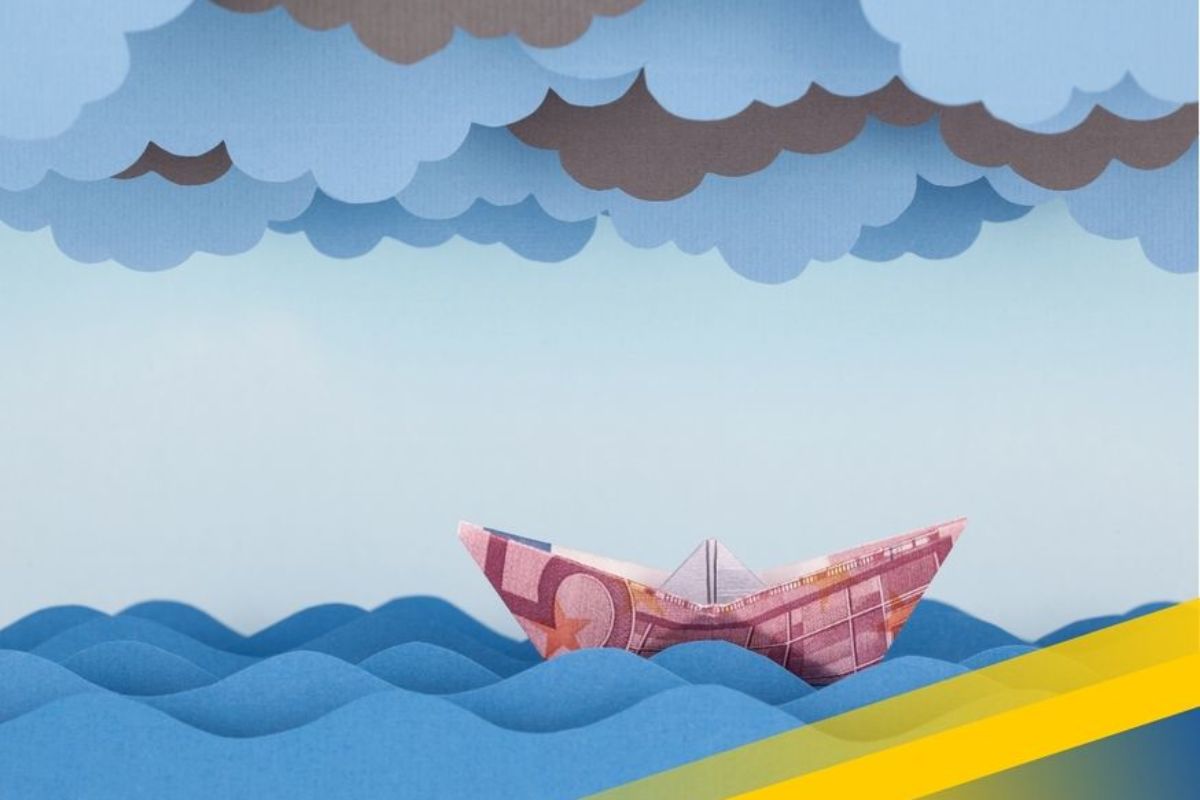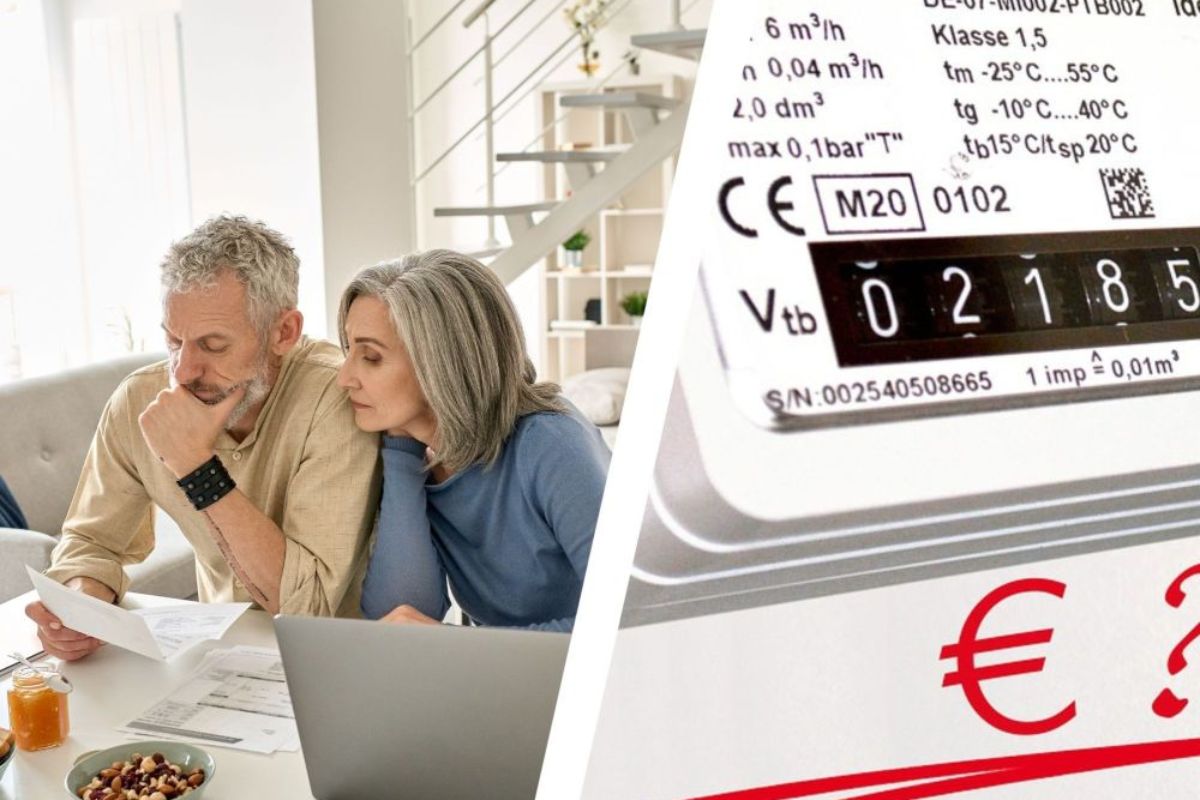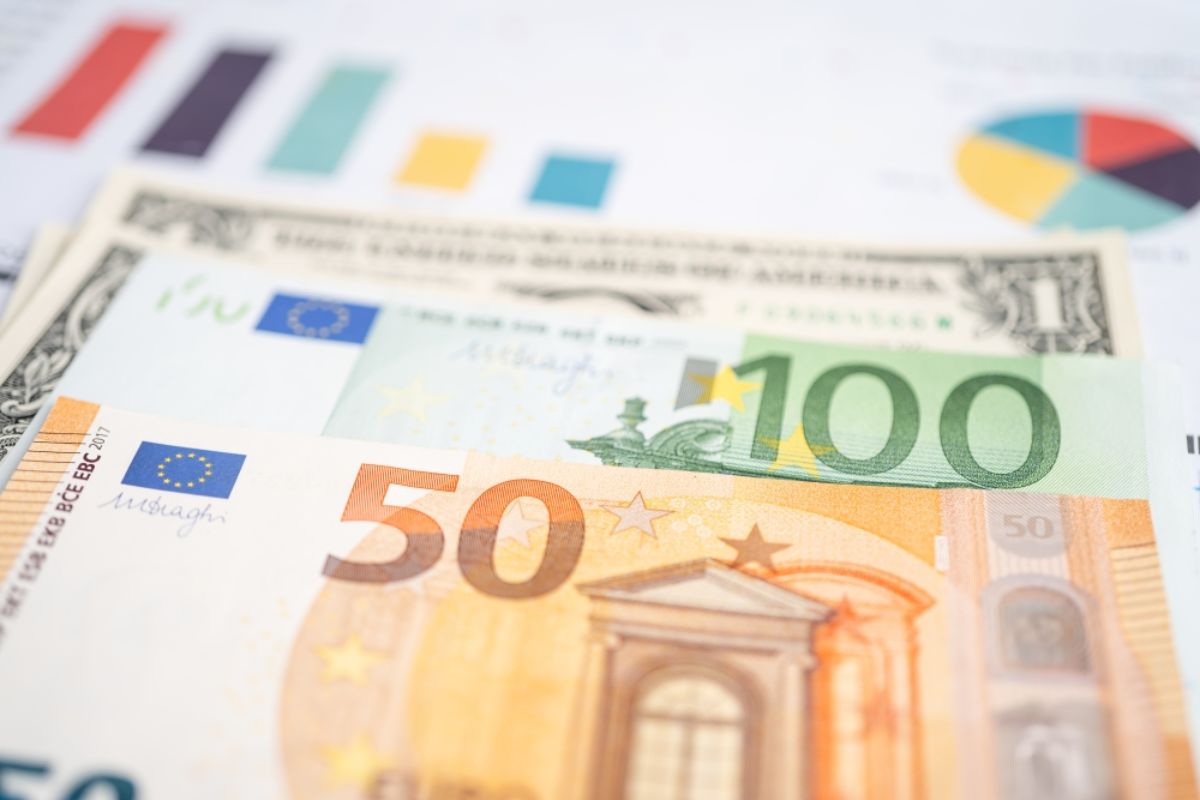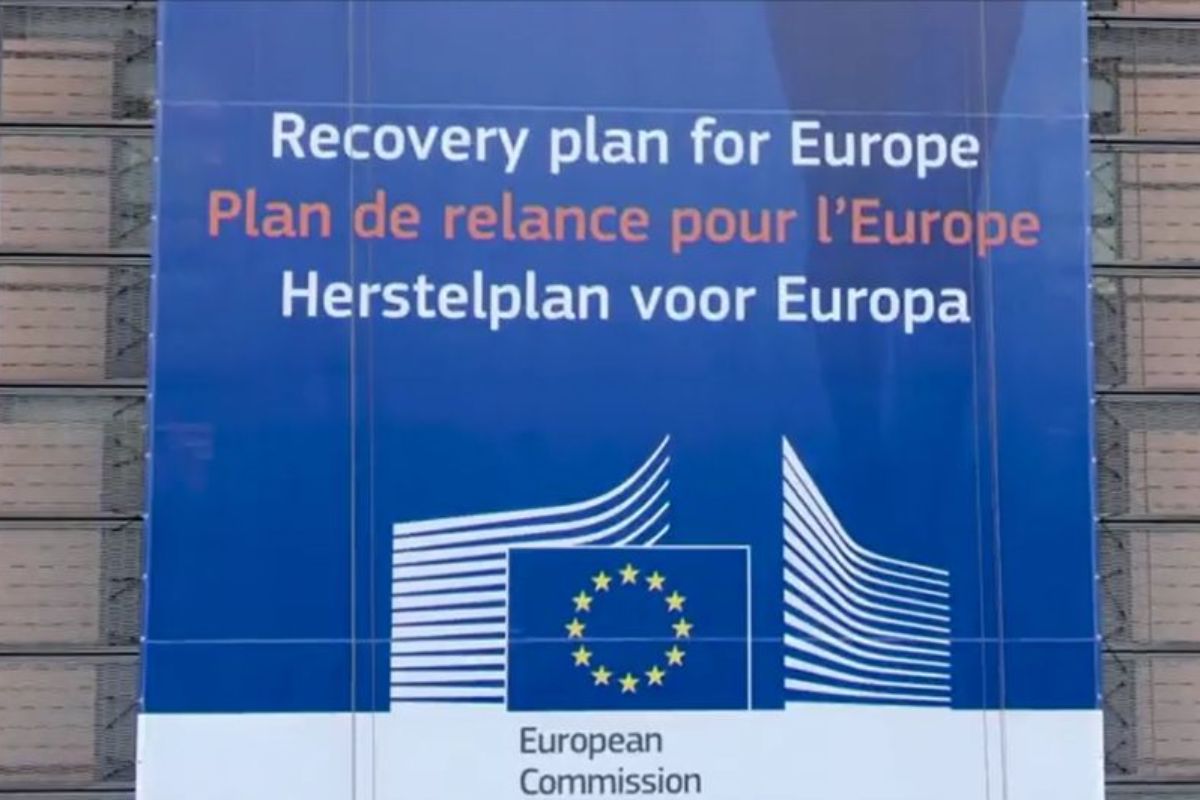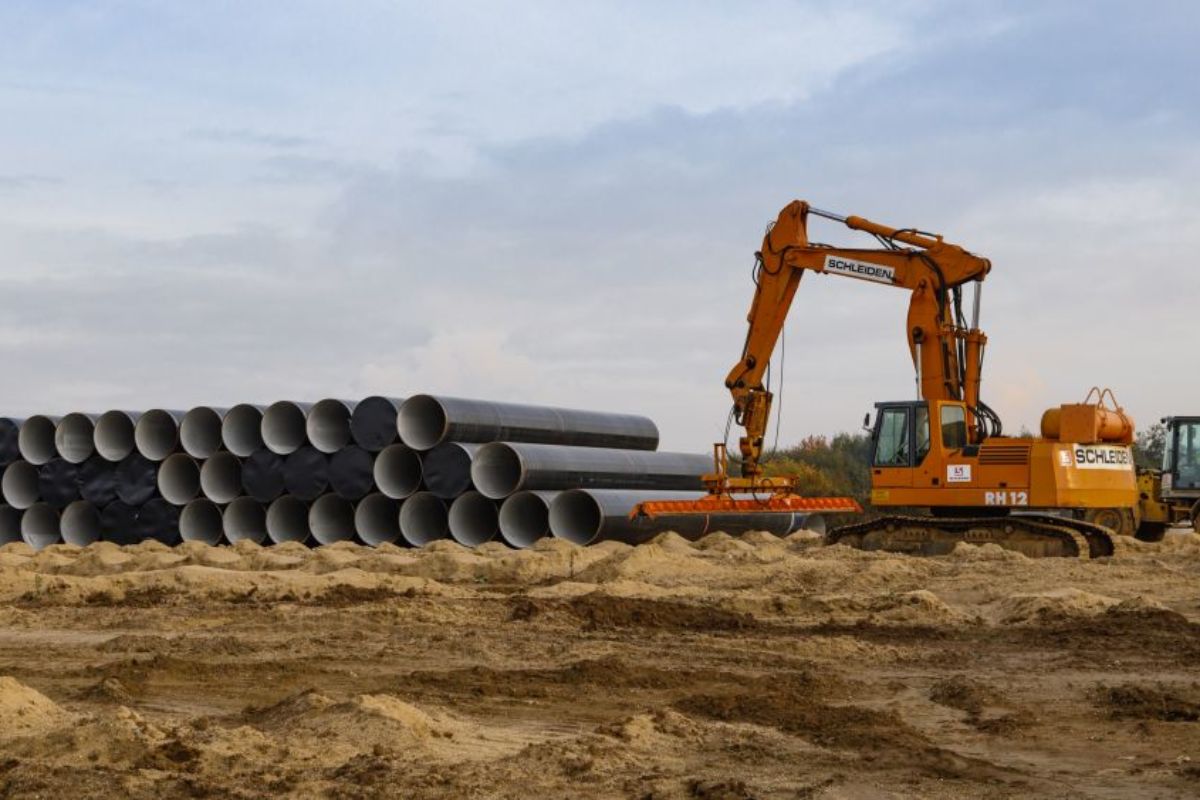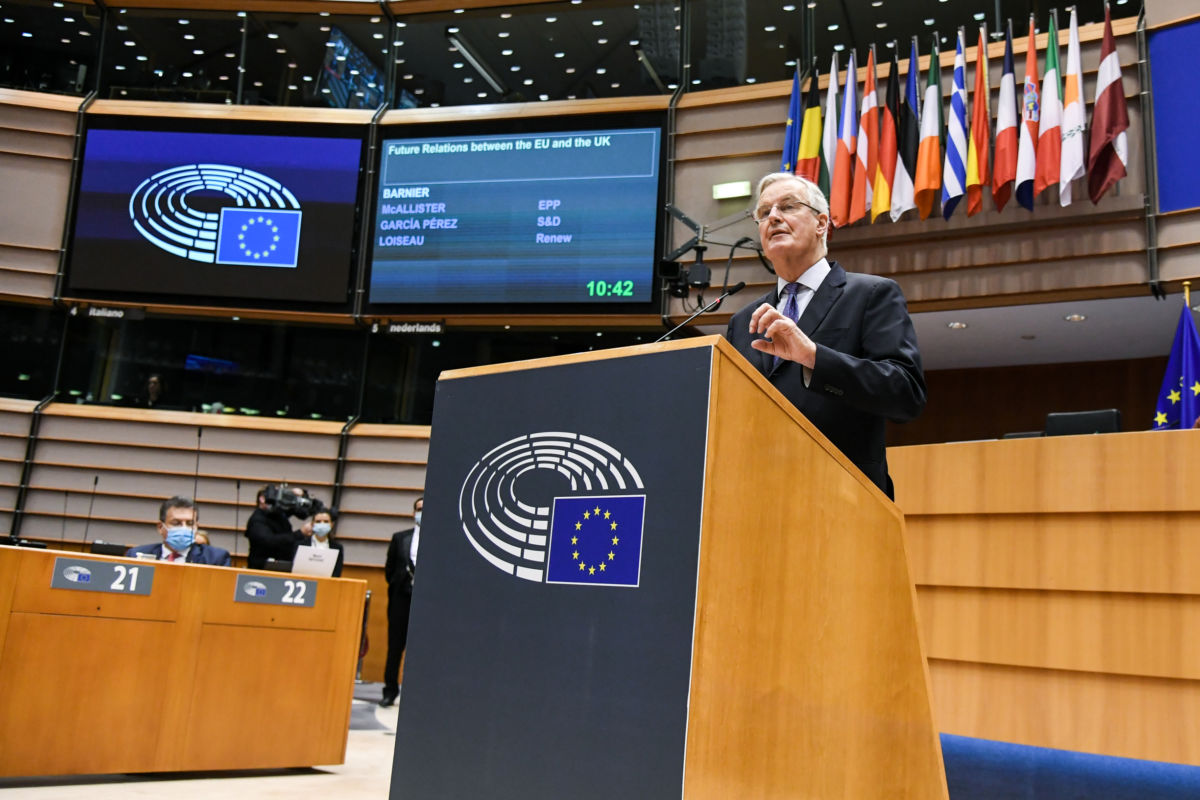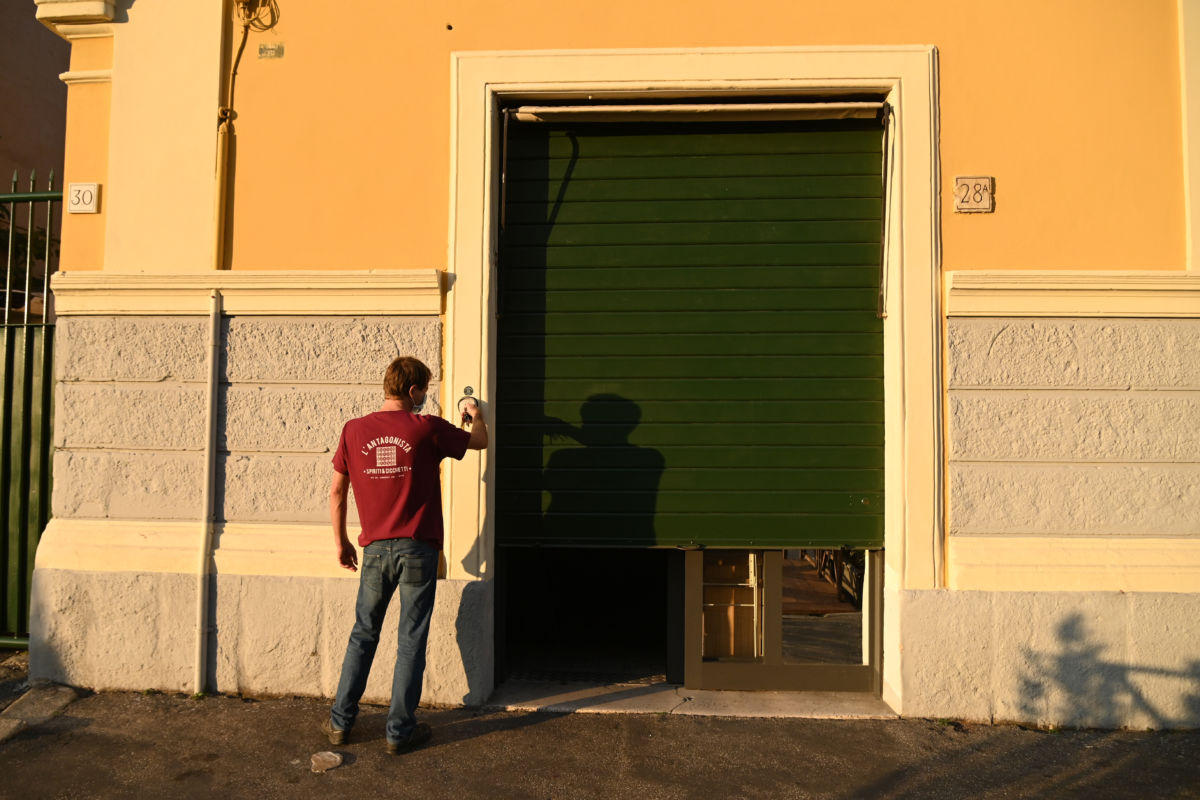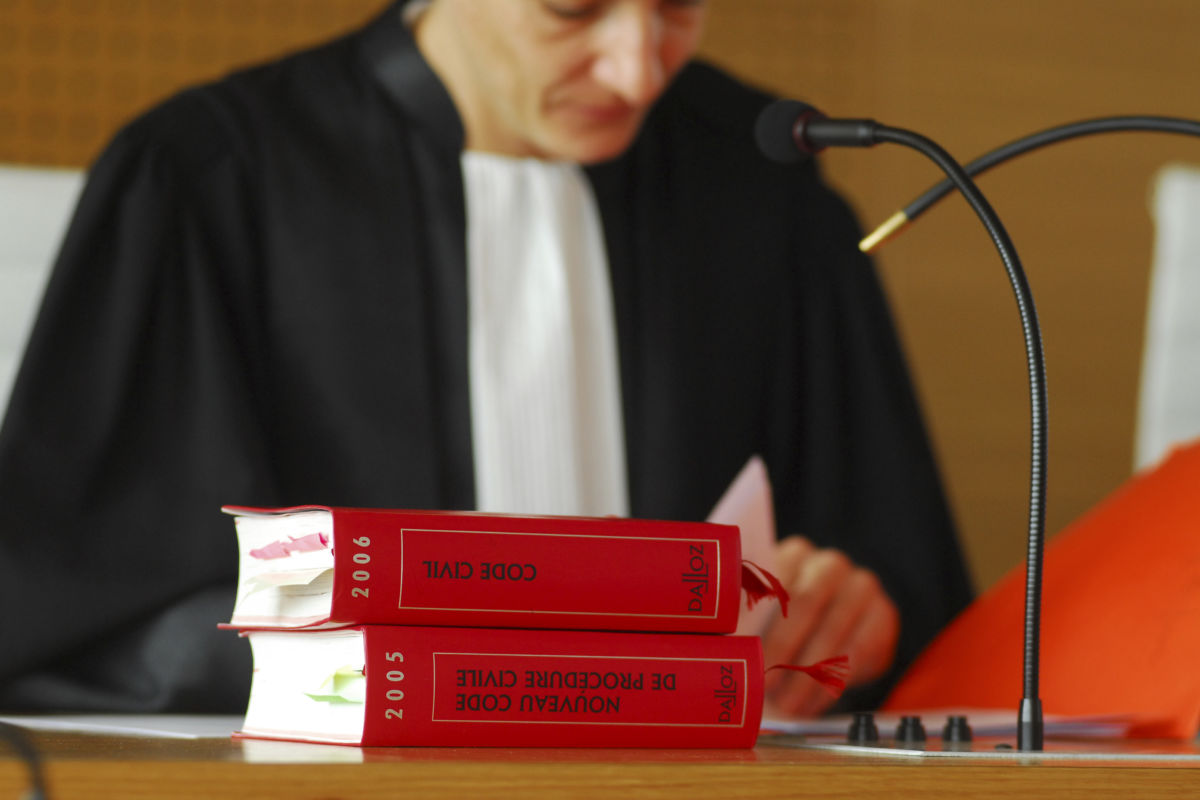Among the long list of difficult issues that must be solved before agreement on any new recovery fund is that of revenues. There is an understanding that revenues will guarantee the reimbursement of debt incurred by the EU – not from national contributions based on each member state’s GDP as is the case now for most of the budget – but from new own resources.
What does this mean? The term is ambiguous. Historically, the debate started with France’s insistence that the financing of the Common Agricultural Policy (then the major part of the common budget) would be made permanent and would not depend on the annual decisions of national parliaments. Technically, all the money that goes into the EU budget could be defined as own resources because member states are under the obligation to transfer it to Brussels; no country could do to the EU what Donald Trump is doing to the WHO.
Purists offer a much narrower definition, however. Own resources are funds that go directly from taxpayers’ pockets to the EU. In practice, the term has come to describe any form of revenue other than contributions based on the GDP of member states. At present, this is the product of customs duties and a percentage of the value added tax collected nationally. This seasoned debate acquires political weight now because it is included not only in the Commission’s proposal, but also in the Franco-German initiative that preceded it. This may seem odd because the recovery fund is meant to be a temporary instrument, while the introduction of new own resources would be a bold innovation that would make sense only as a permanent feature. To some extent it is part of the largely misplaced ‘Hamiltonian’ rhetoric that surrounds the whole exercise; but symbols alone are not enough to explain the move.
One rational explanation is that since the recovery fund would (at least temporarily) considerably increase the size of the budget, it would also require a correspondingly significant increase in revenues at a time when all public finances are under pressure and national sensitivities are very high. There is therefore the hope that new sources of finance can be found that would avoid the suspicion that we are moving towards a ‘transfer Union’ – still anathema for some in northern Europe. Logical, but is it feasible?
Any new tax or portion of an existing tax – before it can even be considered as an own resource – must fulfil a certain number of conditions. First, it must make sense from a fiscal and economic point of view. Some 50 years ago we decided that VAT would be a more efficient way to tax consumption and only then did the idea emerge to make it the basis for a new own resource. Second, they must be ‘resilient’, i.e. not doomed to diminish or even disappear over time. Third, they may require a harmonised tax base. Fourth, they should not lead to an increase in the overall tax burden on our economies. And fifth, in order to avoid the ‘transfer’ syndrome they should be of such a nature that it is impossible to allocate them clearly to the different member states; a typical example is customs duties and this is the reason they were originally chosen as the first (indeed the only true) own resource. The now defunct Coal and Steel Community (ECSC) was financed from a direct levy on the coal and steel industry to be used for the benefit of those industries and their workers, but this is ancient history. It is a demanding list, even if we accept that not all criteria can or should be met. How do the different proposals on the table measure against them? Not very well.
The idea to transfer to the EU the revenue of part or the entirety of a tax on recyclable plastic is little more than a gimmick. It would concern goods that we are busy eliminating from the market, with the notable exception of…protective material such as masks and gloves that are necessary to combat Covid-19 and whose use we want to promote. To tax air and maritime transport is an old environmental lobby request. The problem is that most of the companies involved are on the brink of bankruptcy due to the pandemic and are being saved by public money. We need them if we want to revitalise international trade and tourism; to tax them now does not seem like a smart idea.
Other proposals are more rational from an economic point of view, such as a tax based on the system of ETS, the emissions trading system that is the cornerstone of Europe’s policy on climate change. The Commission must still produce relevant proposals, but there are considerable technical difficulties. A second proposal is to base the new resource on a harmonised tax base of company law. It is an objective that would be extremely useful from many points of view: it would introduce transparency into the single market and help address the politically sensitive issue of fiscal competition. However, no compromise is in sight and it is hard to see how the prospect of making it an own resource would help reach one. The main difficulty with both proposals is that, even if the revenue could be symbolically described as European, it would in fact be a tax on the economic activity of each member state. Nothing would prevent each country from assessing its distributive impact; we would be straight back to the ‘transfer’ problem.
Where does this leave us? With the always politically attractive solution of ‘taxing the foreigners’. There are two serious candidates. The first would be a ‘border carbon tax’ that would be the logical implication of an enhanced ETS system to avoid ‘carbon leakage’ and undue damage to the competitiveness of European industry. Should that happen, the case for making it a European tax would be strong. However, there are considerable technical problems, namely how to make it compatible with WTO rules and how to measure the carbon content of imported goods. In addition, it would require a convincing method to assess the ‘equivalence’ of the measures enacted by the exporting country with those of the EU. This is not easy to define in practice without an international agreement.
The second option is the ‘digital tax’. It would amount to a tax on foreigners because, whatever the solution, the majority of contributors would be American companies. The subject has been debated at length and there is broad agreement that at present the web companies do not pay their fair share of tax in the countries in which they operate. Should a solution be found, it would also make sense for the revenue to become European. However, even before we address the political problems, the issue is loaded with technical difficulties that date from the inadaptation of company taxation inherited from the industrial age, to the reality of an economy where non-material assets acquire increasing importance. The ideal solution would be an agreement reached within the OECD. But the US seems unwilling to discuss the subject properly and the prospects for an agreement do not look good.
Come what may, the domestic pressure in some member states for the EU to act unilaterally is strong for both these issues. Nevertheless, if and when we come to that point, we will discover that the willingness of foreigners to be taxed by us is limited; they may want to react and the threat could include our main trade partner, the US. Not a very comfortable situation and one that would test our unity and resolve. There are serious issues involved that will have to be discussed on their own merits, without unnecessary complications related to the EU budget. Equally, a successful outcome to the negotiation on the recovery fund is too important for the future of the EU to burden it with issues that sound too intractable to address at this stage.
‘New resources’ do not seem to address the two main requirements related to the finance of the recovery fund. As a guarantee that the new bonds will be reimbursed in due course, the present structure of the budget would be adequate, provided the ceiling of the contributions is increased to something like 2% of GDP, as proposed by the Commission. On the other hand, as we have seen, many of the ideas that are put forward would not really solve the transfer issue; indeed, some of them could even complicate it. A good proposal is one that solves more problems than it creates. The recovery fund definitely passes this test; to finance it with own resources, at least at this stage, does not.










